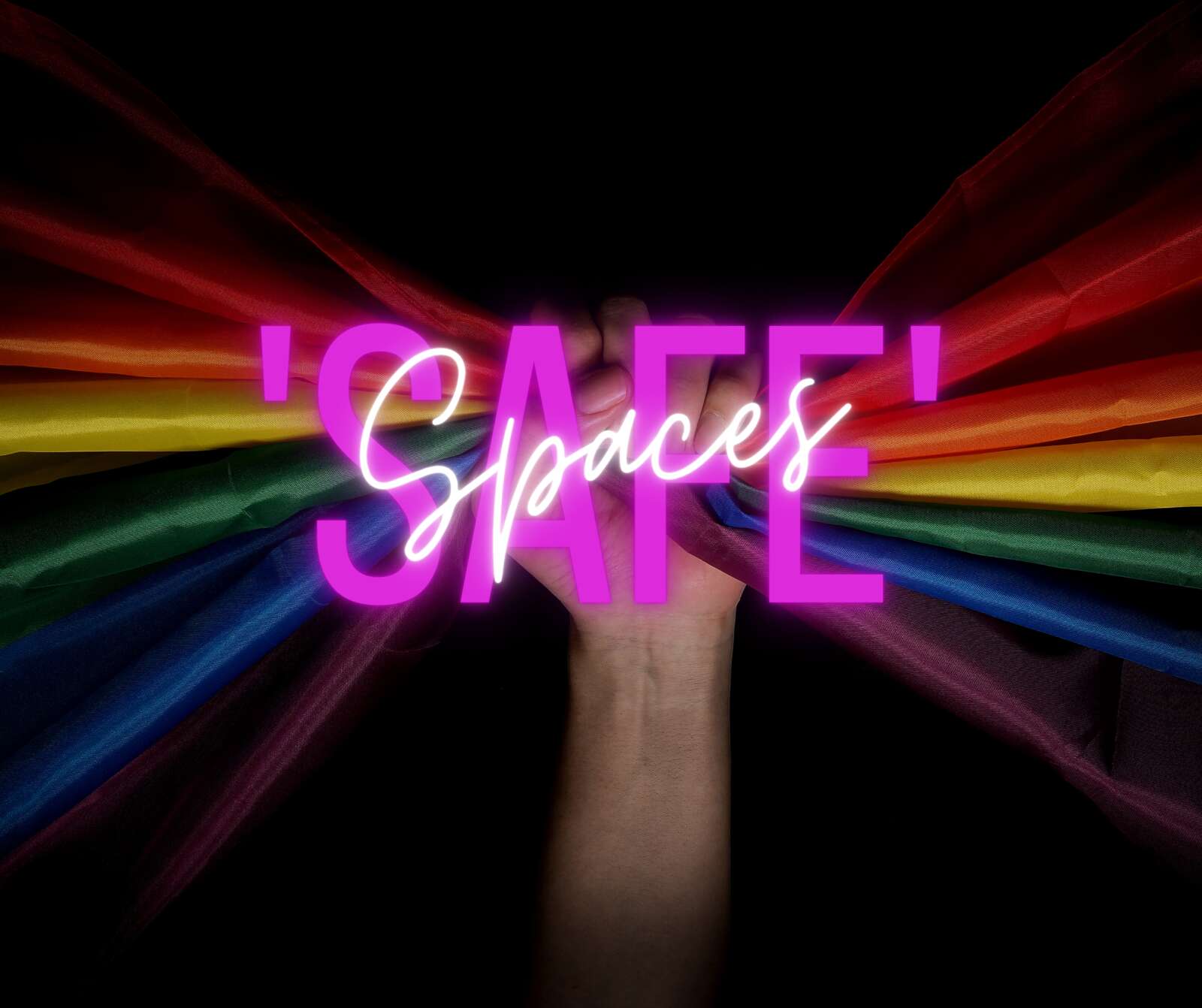I’m a queer woman, and I’m also invisibly disabled. Disabled members of the LGBTIQA+ community are often invisible, whether or not our disabilities are. We’re often not seen in queer ‘safe’ spaces because they’re neither ‘safe’ nor accessible.
I came out as queer a year before I became significantly more disabled due to ME/CFS (myalgic encephalomyelitis/chronic fatigue syndrome). And so, I had a year in queer spaces as a relatively able-bodied person despite my chronic kidney disease, constant kidney infections and endometriosis.
It was only from 2020 onwards when my accessibility to these spaces became limited due to my mobility issues, particularly my ability to stand for long periods. In 2021, when Aotearoa officially discarded the elimination strategy for Covid-19.
While my episode looks at the inaccessibility of queer spaces which has always existed, we also need to point out that Covid-19 has added an additional, significant, barrier to accessing these spaces for disabled people, which has compounded the exclusion felt.
A new form of inaccessibility has appeared in the form of these spaces being too risky for someone like myself who is at high risk for severe disease from Covid-19.
I live in Tāmaki Makaurau, and most of the queer-inclusive spaces are on or near Karangahape Road- gallery spaces, gig venues or nightclubs. In terms of architecture and road layout, these places are already on the back foot in terms of physical mobility, with a single mobility parking space on Karangahape (outside Coco’s Cantina). Still, it has a 30min time limit and is often a bus lane for most of the day. As someone who occasionally uses a walking stick as a mobility aid, taking an uber to Karangahape Rd is easy, but for my friends who use electric wheelchairs, this is out of the option.
In between lockdowns in 2020 and 2021, like my high-risk peers, I felt safe enough to go into crowded spaces unmasked. Still, the standing at gigs and shows broke my resolve to be involved in person with my community. Being invisibly disabled (unless I have my walking stick) means I get dirty looks from strangers if I don’t give up my chair to someone else.
It means that when I ask the bar staff for a chair, I am often questioned as to “why” I need one. I firmly believe in the ‘curb cut effect’ - where accessibility improvements positively affect the experience of ALL people in public spaces - whether they’re disabled or not.
A solution could be having designated ‘mobility parking’ spaces at venues, places at the front with chairs where disabled people can sit without being trodden on or unable to see. I believe ALL venues would benefit from having more chairs in general as you can never tell who would need them.
“...the standing at gigs and shows broke my resolve to be involved in person with my community.”
I was lucky enough to have a partner (at the time) who was passionate about accessibility and involved with many venues on Karangahape Rd. So they were able to advocate for me. Still, not every invisibly disabled person is this lucky- instead, they are expected to do the emotional labour themselves.
Physical accessibility has become less of an issue to me personally. But in 2022, a bigger and more dangerous issue has made ‘safe’ spaces unsafe for myself and many of my disabled LGBTIQA+ peers. I often sit at home and see Instagram stories and event photos of unmasked people in poorly ventilated spaces. As someone with chronic kidney disease and severe hypertension, Covid-19 is a real threat to my health and life.
I know far too many friends in my situation, where we’re left out because we don’t feel safe in the spaces we should. Why can we not bring obligatory masking and vaccine passes to event spaces? It’s the bare minimum for people to keep our communities safe and work towards making our queer spaces genuinely safe.

